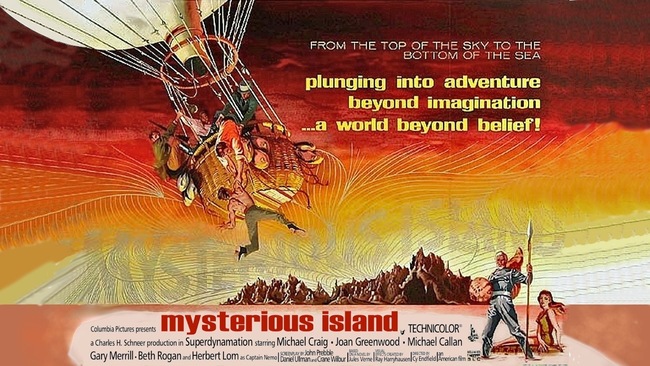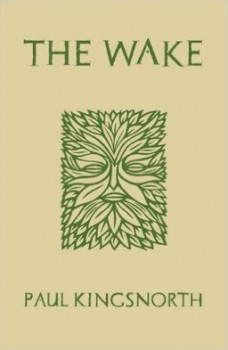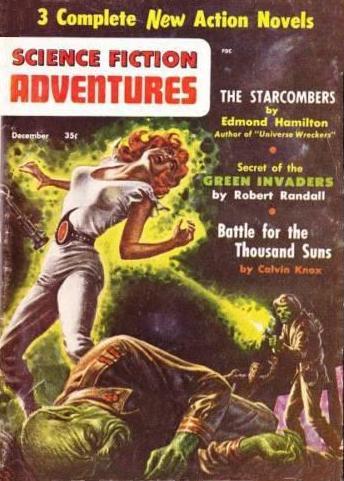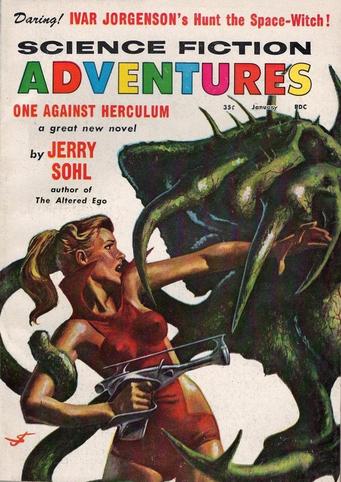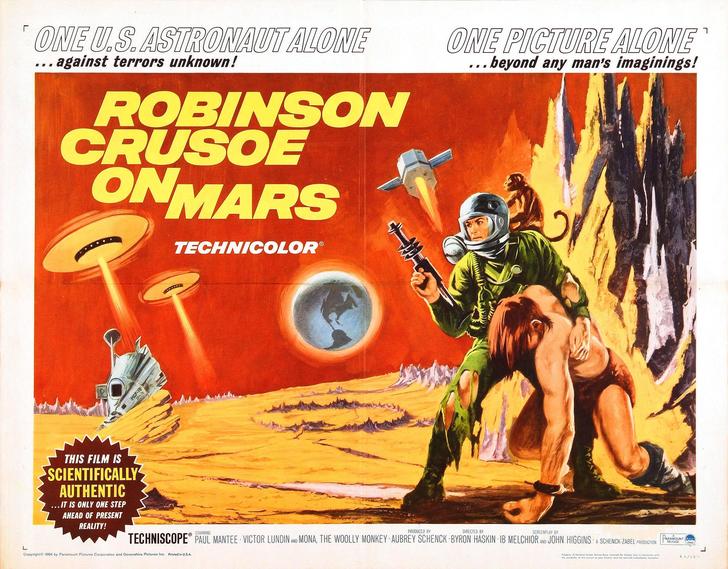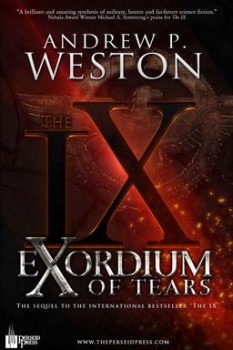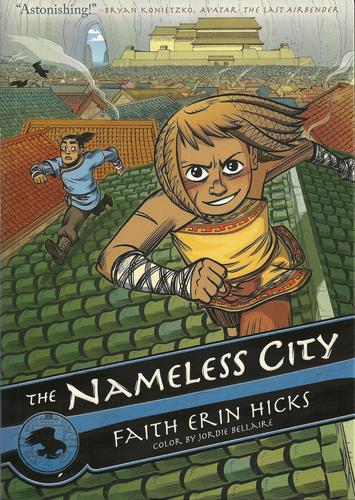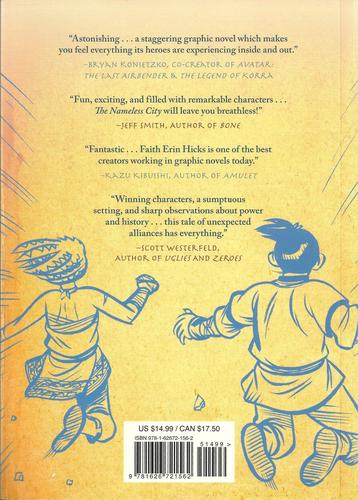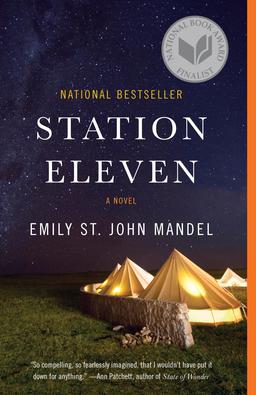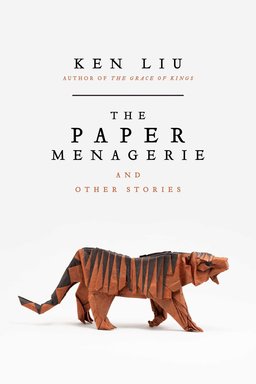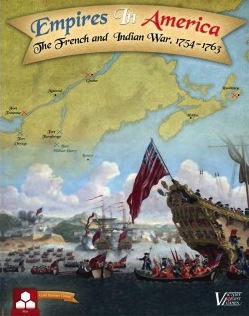A Helluva Detour: The Mysterious Island
The Mysterious Island (1961)
Based on a novel by Jules Verne
Directed by Cy Endfield
It wasn’t my intention to watch a bunch of adventure movies lately that all dated from the early Sixties. It just worked out that way. As coincidence would have it, the three I watched shared a similar theme — that of being stranded. The Lost World (1960) found a group of adventurers stranded on a high plateau in South America. In Robinson Crusoe on Mars (1964), well, you can figure that one out. In The Mysterious Island (1961), a group of Union soldiers and a Confederate find their balloon swept way off course, all the way from Virginia to a point located somewhere in the South Sea Islands of the Pacific Ocean. Which is a helluva detour, by my reckoning.
Like The Lost World, which was based on a story by Sir Arthur Conan Doyle, The Mysterious Island is an adaption of a work by a well-known author of yesteryear. Jules Verne’s first novel, Five Weeks in a Balloon, was published in 1863 and in the next decade or so he turned out a number of books, including Journey to the Center of the Earth, From the Earth to the Moon, Twenty Thousand Leagues Under the Sea, and Around the World in Eighty Days. He returned to balloon adventures in The Mysterious Island, which was published in 1874. But it was hardly the end of the line for the prolific Verne, who had written his best known novels by this time, but who turned out many more novels before his death in 1905.
